With the rapid growth in the use of lithium - ion batteries, the amount of
waste lithium - ion batteries is increasing, posing a threat to the environment
and creating a shortage of critical materials (such as lithium, cobalt, nickel,
and manganese). Lithium - ion battery material recycling technologies aim to
recover these valuable materials from waste batteries, reduce environmental
pollution, and promote the circular economy of battery materials.
1. Pretreatment Processes
Disassembly and Sorting: The first step in battery recycling is to
disassemble the waste battery packs into individual cells and separate the
different components (cells, BMS, case, cables, etc.). This is usually done
manually or using automated disassembly equipment. Manual disassembly is
suitable for small - scale operations or battery packs with complex structures,
while automated equipment (such as robotic arms and conveyor belts) is used for
large - scale recycling. After disassembly, the cells are sorted based on their
chemistry, form factor, and state of charge. For example, lithium - cobalt oxide
cells (used in consumer electronics) are sorted separately from lithium - iron
phosphate cells (used in ESS) because they require different recycling
processes. Cells with a high state of charge are discharged to a safe level
(usually below 3 V) to prevent short - circuits and thermal runaway during
subsequent processing.
Crushing and Shredding: The sorted cells are crushed or shredded into small
particles (usually 1 - 5 mm in size) to break down the cell case and release the
internal components (electrodes, electrolyte, separator). Crushing and shredding
can be done using equipment such as hammer mills, jaw crushers, or shredders. To
prevent thermal runaway during this process, the crushing and shredding are
often carried out in an inert atmosphere (such as nitrogen) or under a vacuum to
avoid the ignition of flammable electrolytes. After crushing, the mixture of
particles is subjected to sieving to separate the coarse particles (such as cell
case fragments) from the fine particles (electrode materials, separator, and
electrolyte).
2. Material Recovery Processes
Hydrometallurgical Processes: Hydrometallurgical processes use aqueous
solutions to dissolve and extract valuable metals from the crushed battery
materials. The main steps include leaching, purification, and precipitation. In
the leaching step, the crushed material is mixed with a leaching agent (such as
sulfuric acid, hydrochloric acid, or nitric acid) along with oxidants (such as
hydrogen peroxide or sodium chlorate) to dissolve the metals (lithium, cobalt,
nickel, manganese) from the electrode materials. The leaching conditions
(temperature, pH, concentration of leaching agent, and reaction time) are
optimized to maximize the leaching efficiency. For example, leaching lithium -
nickel - manganese - cobalt oxide (NMC) electrodes with sulfuric acid and
hydrogen peroxide at 80 - 90°C for 2 - 4 hours can achieve a metal leaching rate
of over 95%. After leaching, the leachate contains a mixture of metal ions,
which is purified using methods such as solvent extraction, ion exchange, or
precipitation. Solvent extraction uses organic solvents to selectively extract
specific metal ions from the leachate. For example, cobalt and nickel can be
extracted using extractants such as D2EHPA (di - 2 - ethylhexyl phosphoric
acid), while lithium remains in the aqueous phase. Ion exchange uses resins to
adsorb metal ions from the leachate, which can then be eluted with a suitable
solution. Precipitation involves adding chemicals to the leachate to form
insoluble metal compounds (such as hydroxides, carbonates, or sulfates) that can
be separated by filtration. Finally, the purified metal solutions are processed
to produce metal salts or oxides, which can be reused in the production of new
battery electrodes.
Pyrometallurgical Processes: Pyrometallurgical processes use high
temperatures to melt and separate the battery materials. The crushed battery
material is fed into a furnace (such as a rotary kiln or electric arc furnace)
and heated to high temperatures (1200 - 1600°C) in the presence of a reducing
agent (such as coke or charcoal). At high temperatures, the organic components
(electrolyte, binder) are burned off, and the metal oxides in the electrode
materials are reduced to metallic alloys (such as cobalt - nickel - copper
alloys). The slag (containing lithium, aluminum, and other impurities) is
separated from the metal alloy by density difference. The metal alloy is then
further processed using methods such as electrolysis or chemical refining to
recover individual metals (cobalt, nickel, copper). Lithium in the slag can be
recovered by leaching with water or acid. Pyrometallurgical processes are
suitable for large - scale recycling of mixed battery chemistries and can handle
batteries with high levels of contamination. However, they have high energy
consumption and may generate toxic gases (such as dioxins) if not properly
controlled.
Direct Recycling Processes: Direct recycling processes aim to recover the
active electrode materials (such as lithium cobalt oxide, lithium nickel -
manganese - cobalt oxide) from waste batteries without breaking down the metal
ions into individual elements. This approach is more energy - efficient and
environmentally friendly compared to hydrometallurgical and pyrometallurgical
processes. The main steps of direct recycling include electrode separation,
washing, and regeneration. In the electrode separation step, the crushed battery
material is treated with solvents (such as N - methyl - 2 - pyrrolidone or
acetone) to dissolve the binder, allowing the active electrode materials to be
separated from the current collector (aluminum or copper foil). The separated
active materials are then washed with water or solvents to remove impurities
(such as electrolyte residues and carbon black). Finally, the washed active
materials are subjected to heat treatment (sintering) or chemical modification
to restore their crystal structure and electrochemical performance. The
regenerated active materials can be directly used in the production of new
battery electrodes. Direct recycling is still in the development stage but shows
great potential for the recycling of high - quality waste batteries with minimal
degradation.
Read recommendations:
902030 500MAH 3.7V
18650 battery 3500mah lithium.Which is better, polymer lithium battery or 18650 lithium battery?
Enhancement of Lithium - battery Electrolyte Stability
601848 lipo battery company
LR1130 battery
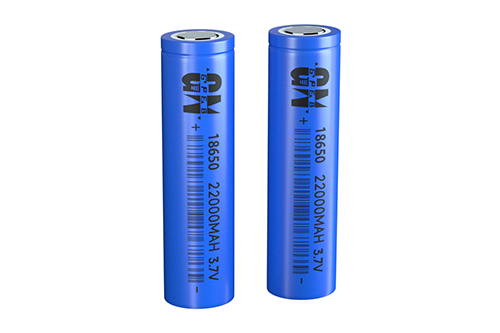
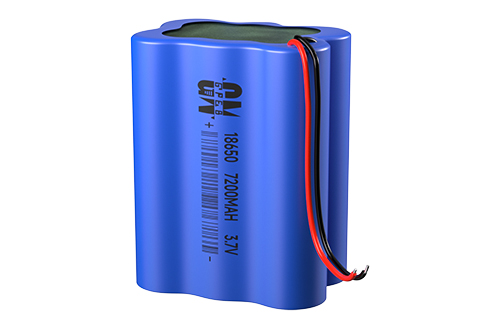

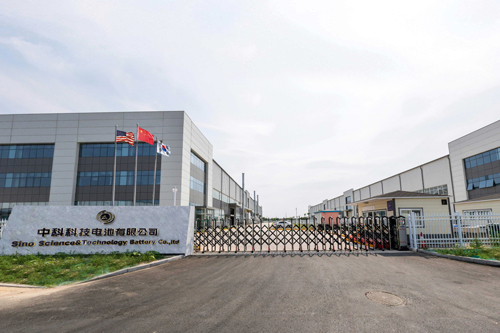

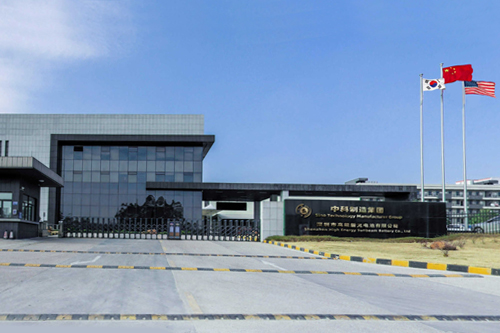



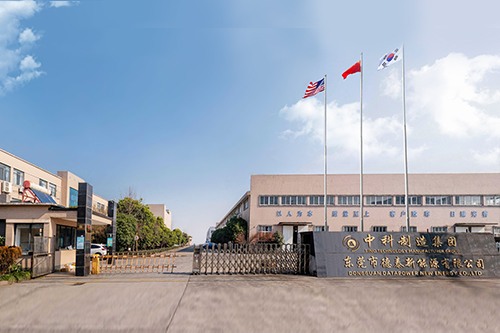

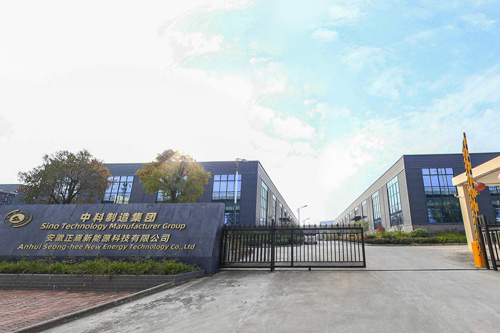

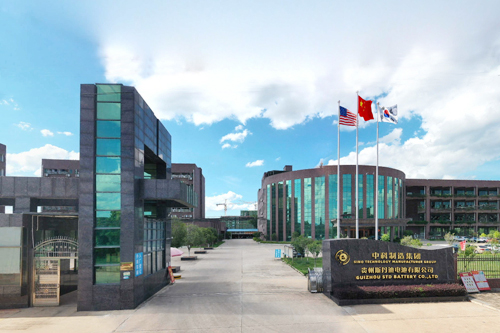






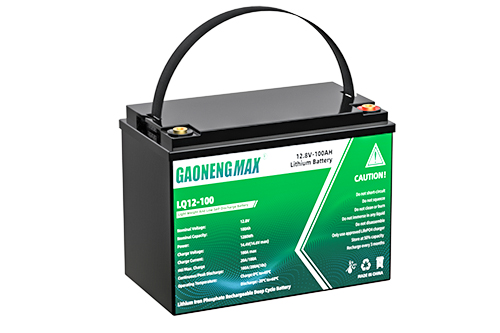
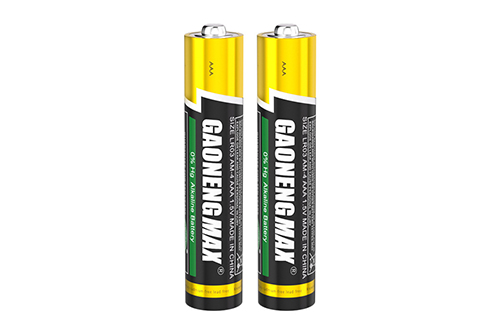

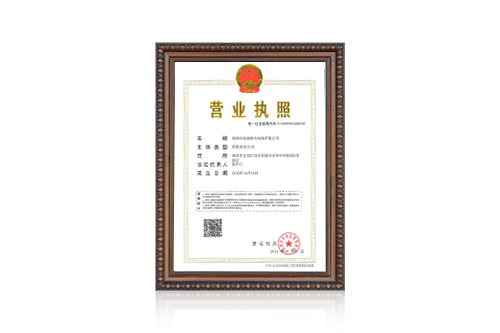
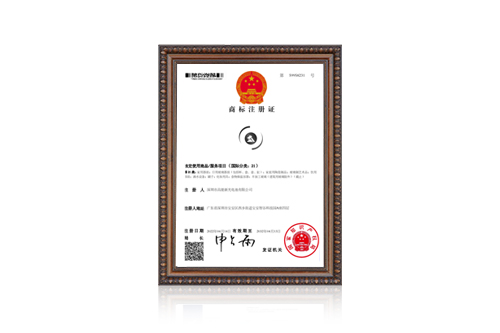
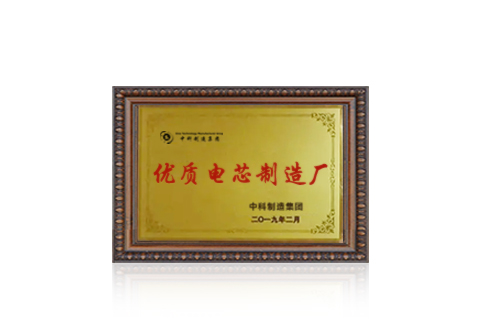
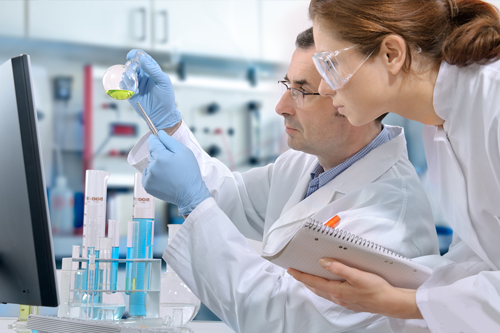
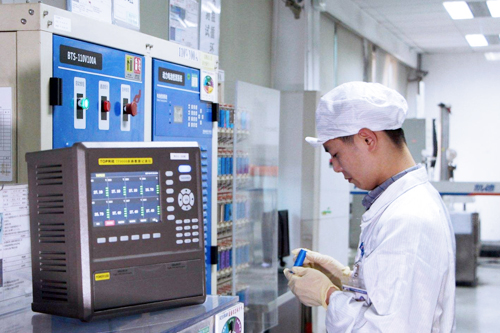















 360° FACTORY VR TOUR
360° FACTORY VR TOUR
 Whatsapp
Whatsapp
 Tel
Tel Email
Email TOP
TOP